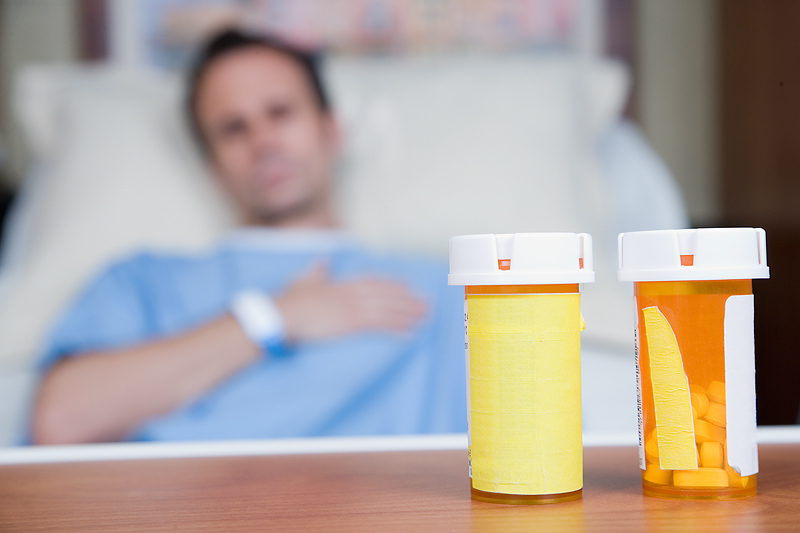WEDNESDAY, March 16, 2016 (HealthDay News) — Many kids who develop urinary tract infections tied to the E. coli bacteria are now failing to respond to antibiotic treatment, a new review warns.
The culprit, according to the British researchers: Drug resistance, following years of over-prescribing and misusing antibiotics.
“Antimicrobial resistance is an internationally recognized threat to health,” noted study author Ashley Bryce, a doctoral fellow at the Center for Academic Primary Care at the University of Bristol in the U.K.
And that threat is of particular concern among young patients, the authors said, given that E. coli-driven urinary tract infections (UTIs) are one of the most common forms of pediatric bacterial infections.
Young children are more vulnerable to complications including kidney scarring and kidney failure, so they require prompt, appropriate treatment, added Bryce and co-author Ceire Costelloe. Costelloe is a fellow in Healthcare Associated Infections and Antimicrobial Resistance at Imperial College London, also in the U.K.
“Bacterial infections resistant to antibiotics can limit the availability of effective treatment options,” ultimately doubling a patient’s risk of death, they noted.
The findings are published in the March 15 issue of BMJ.
The study team reviewed 58 prior investigations conducted in 26 countries that collectively looked at more than 77,000 E. coli samples.
Across industrialized nations, 53 percent of the pediatric UTI cases were found to be resistant to amoxicillin, one of the most often prescribed primary care antibiotics.
Nearly a quarter of young patients in industrialized nations were resistant to the antibiotic trimethoprim. More than 8 percent were resistant to the antibiotic co-amoxiclav (Augmentin).
Among children in developing nations, resistance was even higher. Nearly 80 percent of childhood UTI cases in poorer countries were resistant to amoxicillin, and 60 percent were resistant to co-amoxiclav. More than a quarter were resistant to ciprofloxacin (Cipro), and 17 percent to nitrofurantoin (Macrobid).
Why? The study team said it could not make any definitive conclusions about cause and effect. But Bryce and Costelloe said the problem in wealthier countries probably relates to primary care doctors’ routine and excessive prescription of antibiotics to children.
In poorer nations, “one possible explanation is the availability of antibiotics over the counter,” they said, making the medications too easy to access and abuse.
“If left unaddressed, antibiotic resistance could re-create a world in which invasive surgeries are impossible and people routinely die from simple bacterial infections,” they added.
In an accompanying editorial, Grant Russell, head of the School of Primary Health Care at Monash University in Melbourne, Australia, said the only surprise was the extent of the resistance and how many first-line antibiotics were likely to be ineffective.
If current trends persist, he warned, it could lead to a serious situation in which relatively cheap and easy-to-administer oral antibiotics will no longer be of practical benefit to young UTI patients. The result would be a greater reliance on much more costly intravenous medications.
Preventing such a scenario is a “global responsibility,” said Russell, with the goal being to rein in the use and abuse of antibiotics.
More information
There’s more on antibiotic resistant germs U.S. Centers for Disease Control and Prevention .
Copyright © 2025 HealthDay. All rights reserved.

